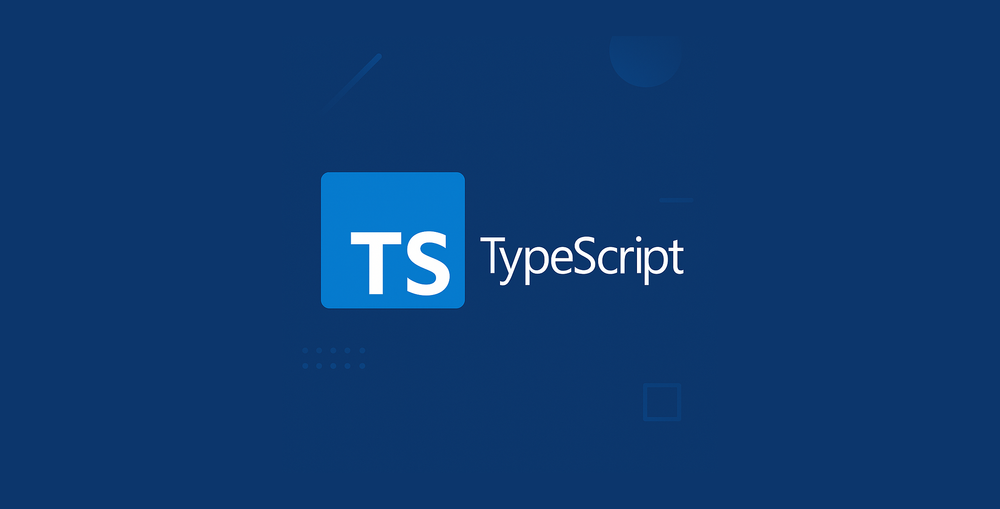A Deep Dive into TypeScript: Benefits and Best Practices
Introduction
In the world of modern web development, TypeScript has emerged as a powerful tool for building robust and scalable applications. As a superset of JavaScript, TypeScript brings static typing to the table, allowing developers to catch errors early and improve the maintainability of their code. In this article, we will explore the benefits of using TypeScript, discuss best practices for integrating it into your projects, and share tips to help you get the most out of this powerful language.
What is TypeScript?
TypeScript is an open-source programming language developed by Microsoft. It builds upon JavaScript by adding optional static typing, making it easier to catch errors during development. TypeScript is compiled down to regular JavaScript, making it compatible with any browser, JavaScript engine, or platform.
Why Use TypeScript?
- Static Typing: TypeScript's most significant feature is its type system, which allows developers to define types for variables, function parameters, and return values. This makes the code more predictable and easier to debug.
- Improved Tooling: With TypeScript, you get better support for code completion, navigation, and refactoring. IDEs like VS Code provide features like inline type checking, error highlighting, and auto-completion.
- Enhanced Readability and Maintainability: TypeScript’s type annotations make it easier for developers to understand the structure of the code, improving collaboration and making the codebase easier to maintain.
- Backward Compatibility: TypeScript is fully compatible with JavaScript, meaning you can gradually introduce it into your existing JavaScript projects.

Setting Up TypeScript
To start using TypeScript in your project, you'll need to set up a TypeScript environment. Here’s how you can get started:
Step 1: Install TypeScript
To install TypeScript globally on your system, run the following command:
npm install -g typescript
Step 2: Initialize TypeScript in Your Project
Navigate to your project directory and initialize a tsconfig.json file by running:
tsc --init
This file will contain all the TypeScript configuration options for your project.
Step 3: Compile TypeScript Code
To compile your TypeScript files into JavaScript, run:
tsc
This will generate JavaScript files from your TypeScript files.
Key Features of TypeScript
Type Annotations
TypeScript allows you to explicitly define types for variables, function parameters, and return values. This can help catch errors during development and improve code readability.
Example:
let message: string = "Hello, TypeScript!";
Interfaces
Interfaces in TypeScript define the shape of an object. They are useful for creating complex data structures and enforcing consistent object structures.
Example:
interface User {
name: string;
age: number;
}
const user: User = {
name: "John",
age: 30,
};
Generics
Generics enable you to write flexible, reusable functions and classes. With generics, you can specify types that can be used with different data types.
Example:
function identity<T>(arg: T): T {
return arg;
}
let result = identity<string>("Hello, TypeScript!");
Best Practices for Using TypeScript
To maximize the benefits of TypeScript, it's essential to follow some best practices. Here are some tips to help you work efficiently with TypeScript:
- Enable Strict Mode: Strict mode ensures that TypeScript performs more rigorous type checking, catching potential issues early. You can enable it by setting
"strict": truein yourtsconfig.jsonfile. - Use Interfaces and Types: Use interfaces and types to define data structures, ensuring better type safety and clarity in your code.
- Leverage Type Inference: TypeScript has powerful type inference. Instead of explicitly defining types for every variable, let TypeScript infer the types based on the assigned value.
- Organize Your Code into Modules: TypeScript supports ES6-style modules. Organize your code into smaller, reusable modules to improve maintainability.
- Use TypeScript with Frameworks: TypeScript integrates seamlessly with popular frameworks like React, Angular, and Node.js. Leverage TypeScript's features to enhance the development process.

TypeScript in the Real World
TypeScript with React
Using TypeScript with React is becoming increasingly popular because it helps catch bugs earlier and improves the developer experience. With TypeScript, you can define types for props and state, making your React components more predictable.
Example:
interface ButtonProps {
label: string;
}
const Button: React.FC<ButtonProps> = ({ label }) => {
return <button>{label}</button>;
};
TypeScript with Node.js
TypeScript is also an excellent choice for backend development with Node.js. With TypeScript, you get static typing and better tooling, which can significantly improve your backend development process.
Example:
type User = {
name: string;
age: number;
};
function isAdult(user: User): boolean {
return user.age >= 18;
}
const justine = {
name: 'Justine',
age: 23,
} satisfies User;
const isJustineAnAdult = isAdult(justine);Conclusion
TypeScript offers numerous benefits, from static typing and better tooling to improved code maintainability. By integrating TypeScript into your projects, you can reduce bugs, enhance productivity, and write cleaner, more readable code. Whether you're working on frontend or backend development, TypeScript can help you build robust and scalable applications.

Summary
- TypeScript is a superset of JavaScript that adds static typing and enhances developer experience.
- Setting up TypeScript involves installing it, initializing a project, and compiling TypeScript code into JavaScript.
- TypeScript’s features like type annotations, interfaces, and generics can help write more reliable and maintainable code.
- Following best practices like enabling strict mode, using interfaces, and organizing code into modules can help maximize TypeScript's benefits.
Join the Conversation & Learn More!
What are your thoughts on TypeScript? Share your experiences or ask questions in the StepByStack Hub!
Ready to dive deeper?
- Build hands-on projects with our tutorials StepByStack Learn.
- Explore our comprehensive documentation StepByStack Docs.
- Discover more insights on StepByStack Blog.
Resources
- TypeScript Official Documentation
Comprehensive guide to TypeScript's features and usage. - TypeScript GitHub Repository
Explore the official TypeScript repository for updates and community discussions. - MDN Web Docs: TypeScript Overview
Overview and basics of TypeScript by MDN. - TypeScript Handbook
Detailed reference and tutorial for TypeScript developers. - React + TypeScript Guide
A comprehensive guide to using TypeScript with React. - Node.js + TypeScript Guide
A guide to using TypeScript with Node.js.




